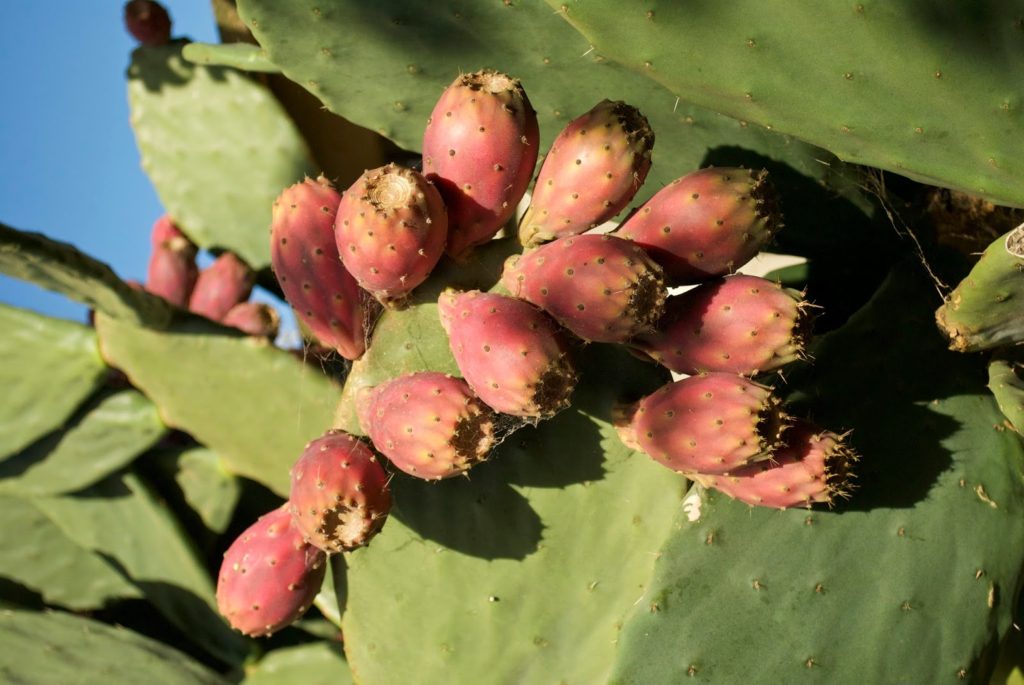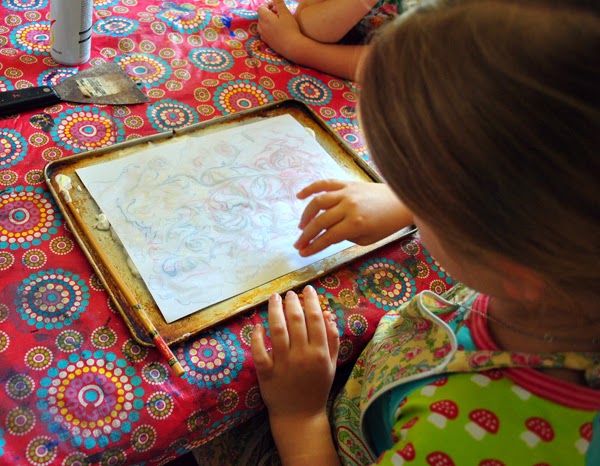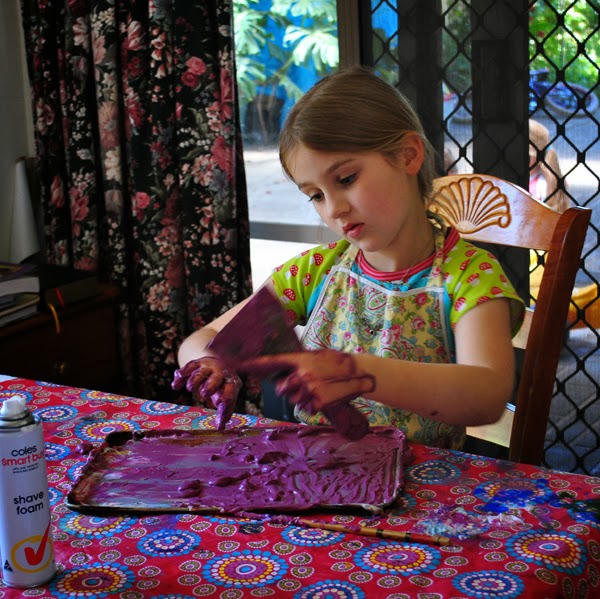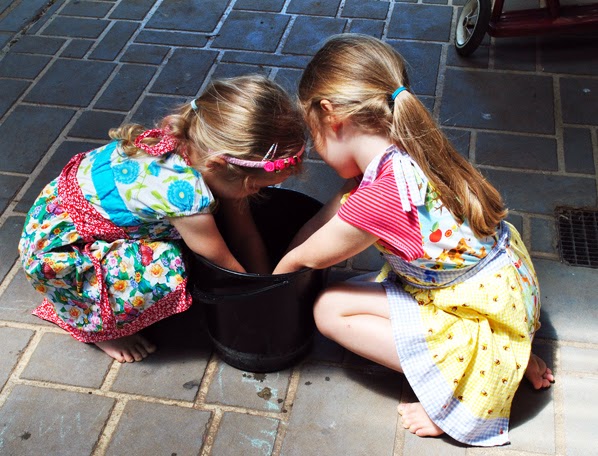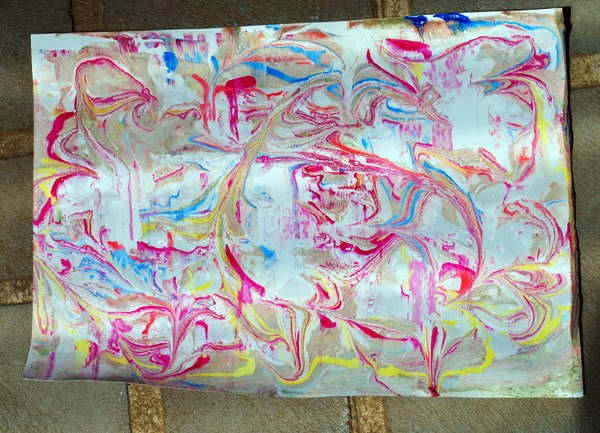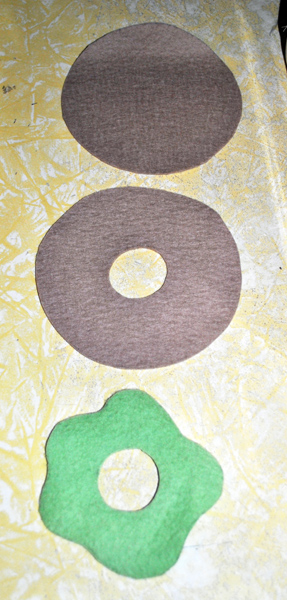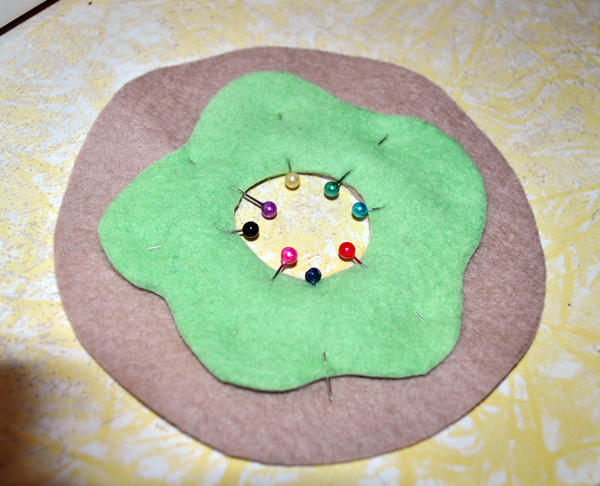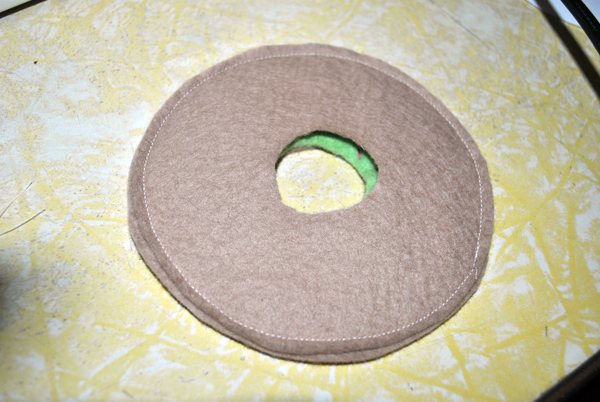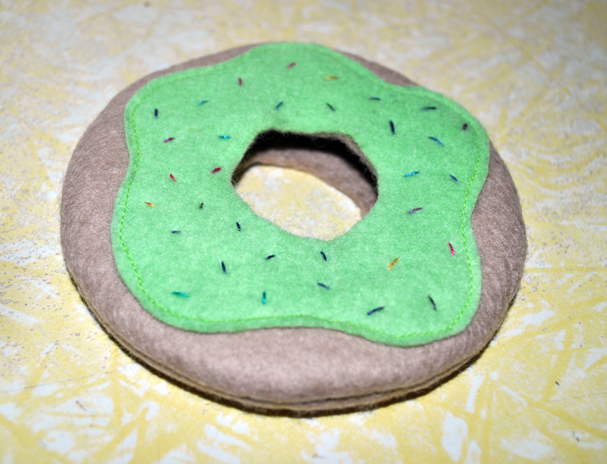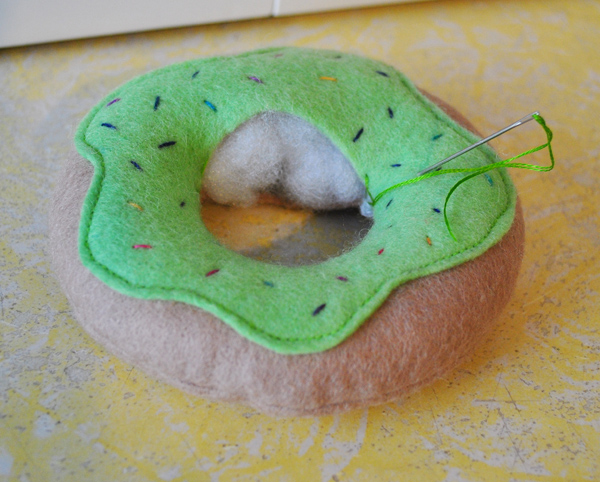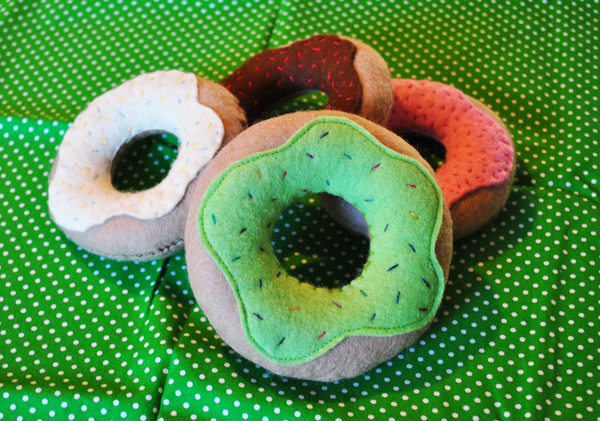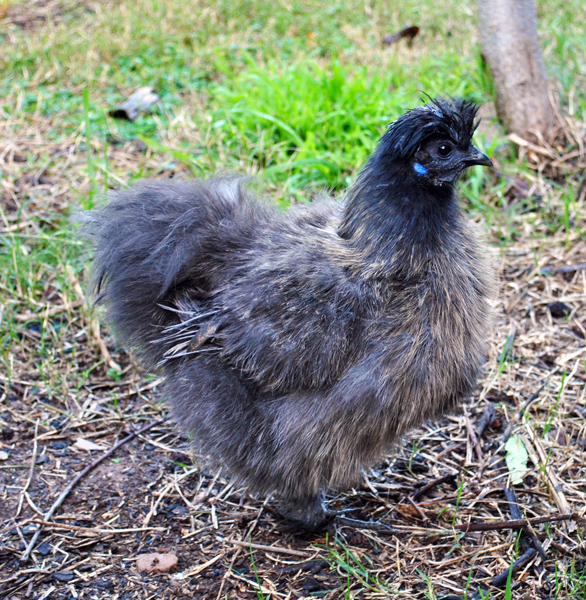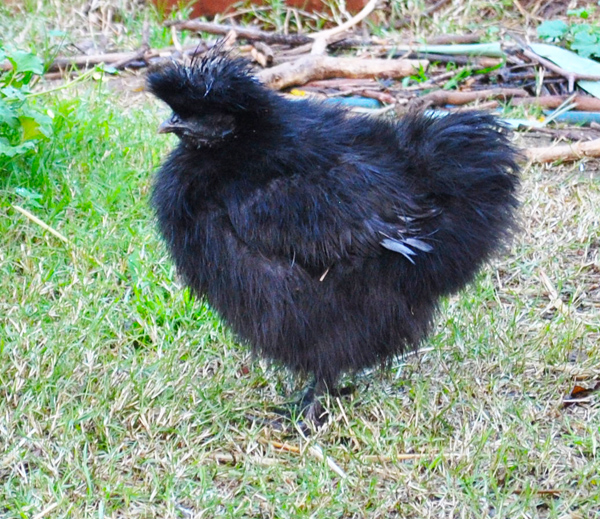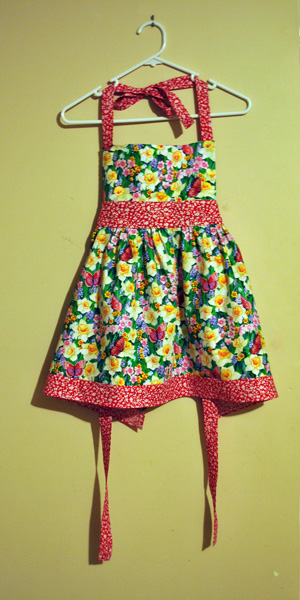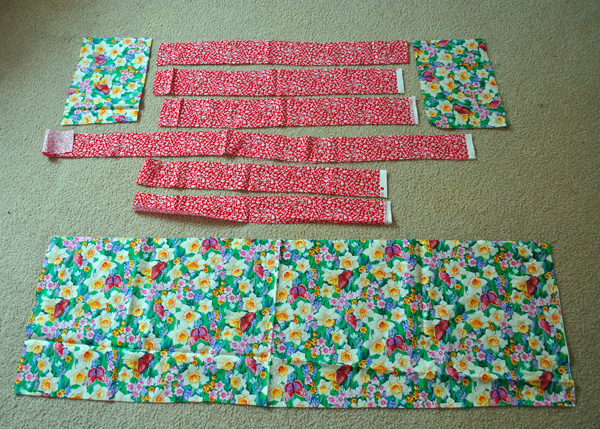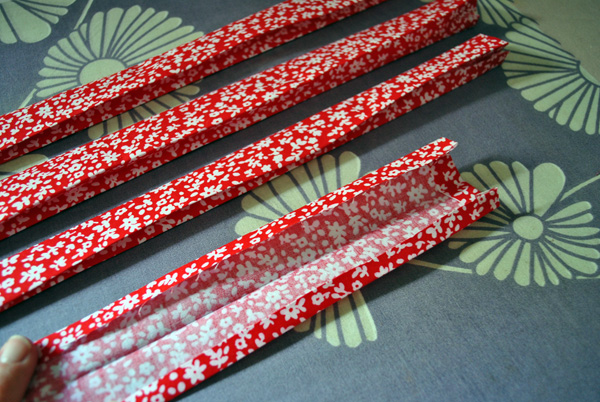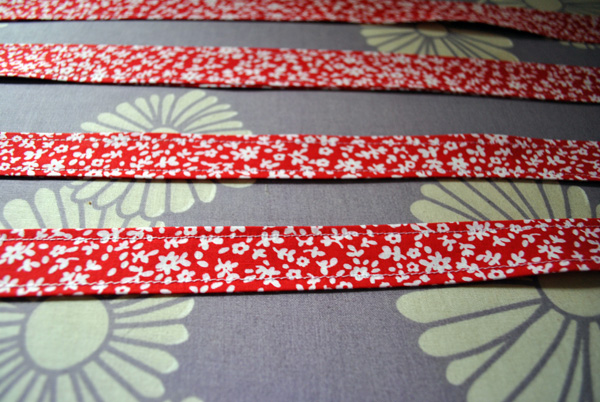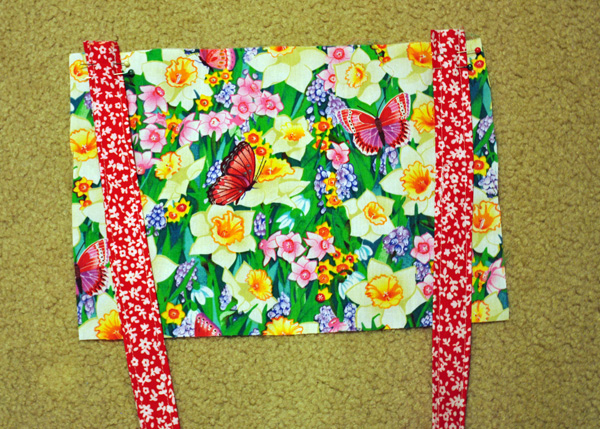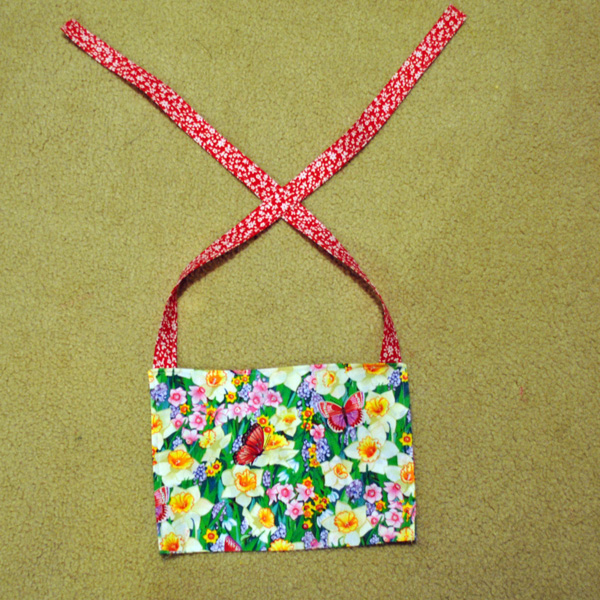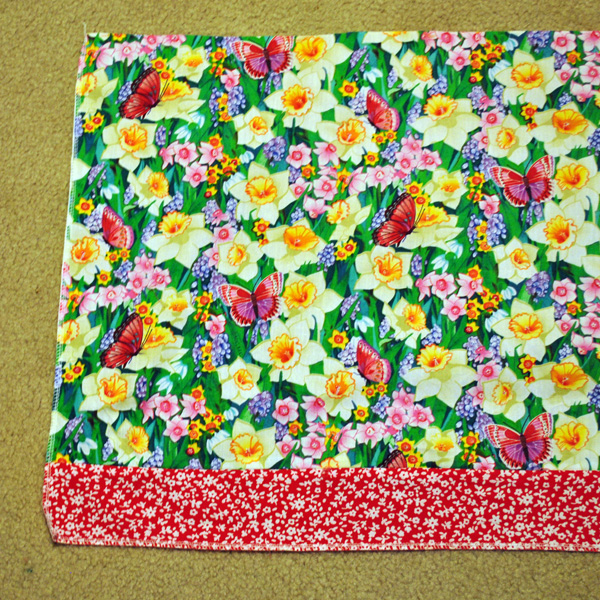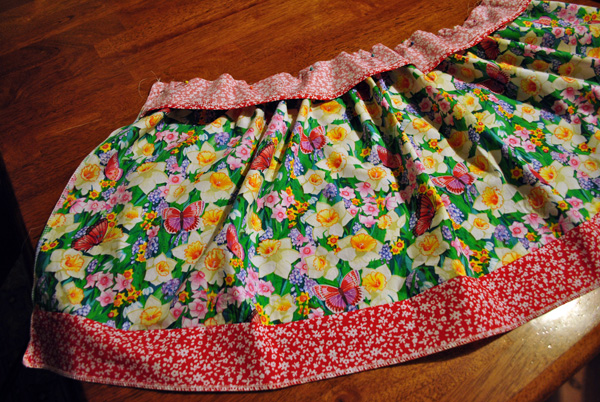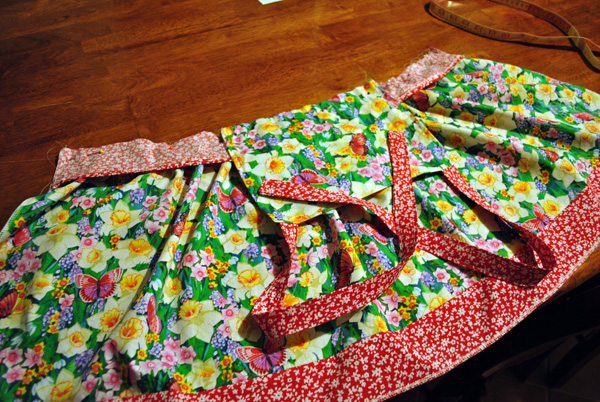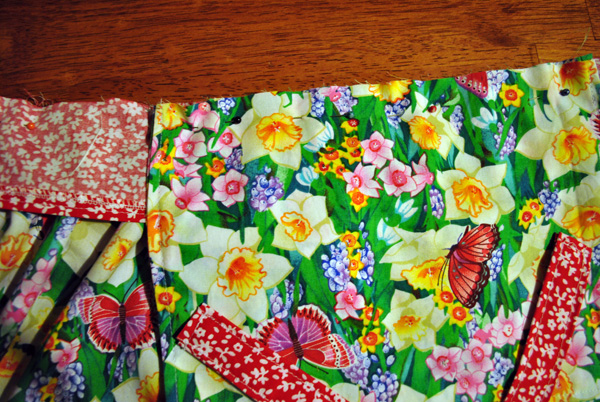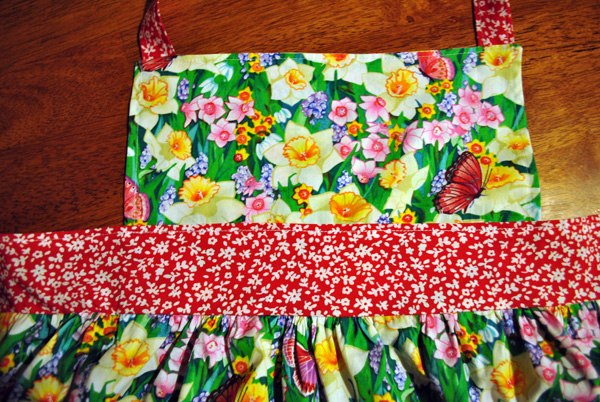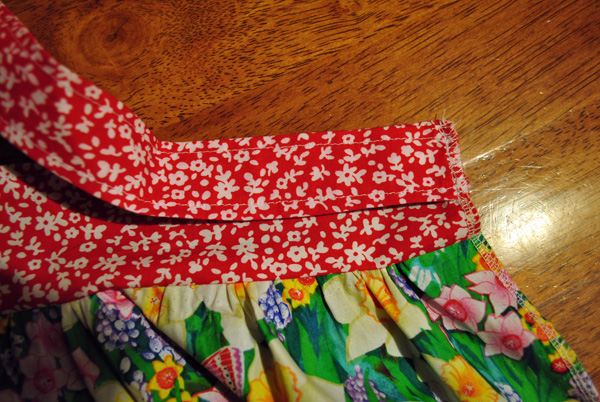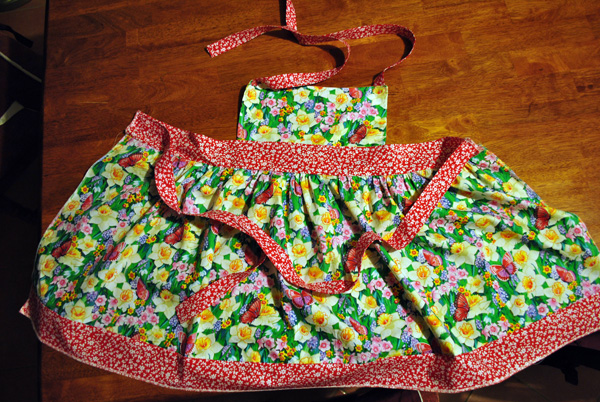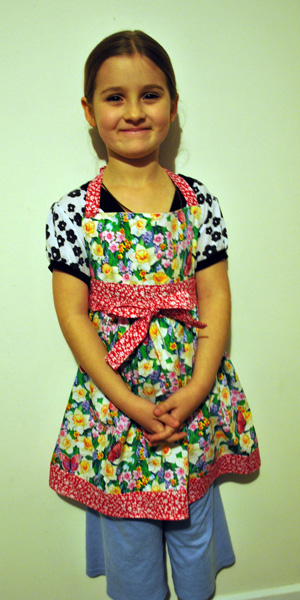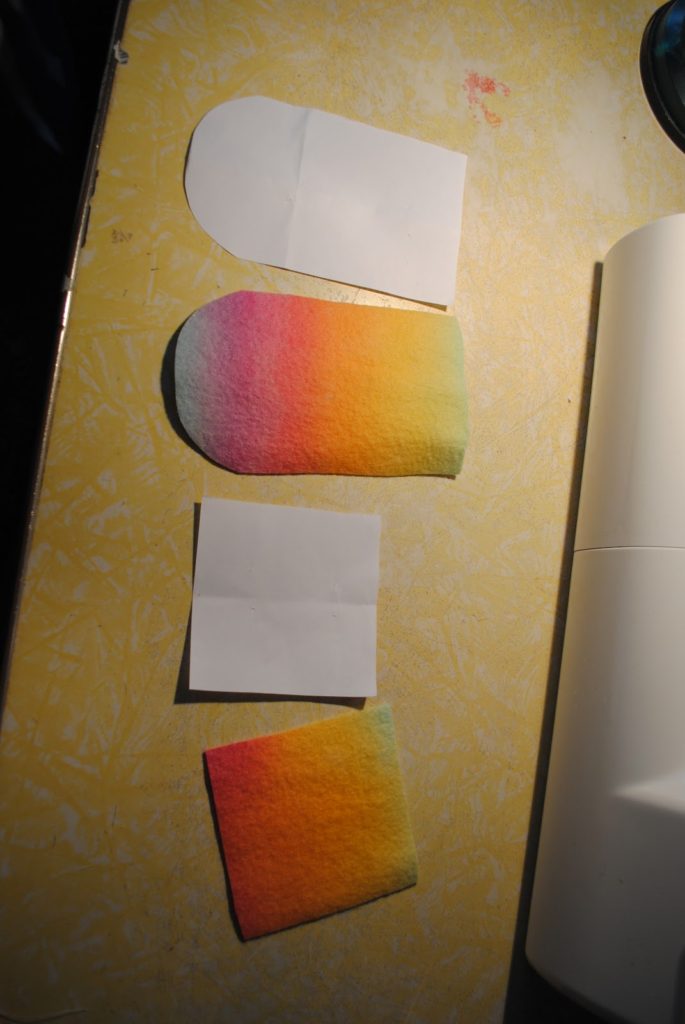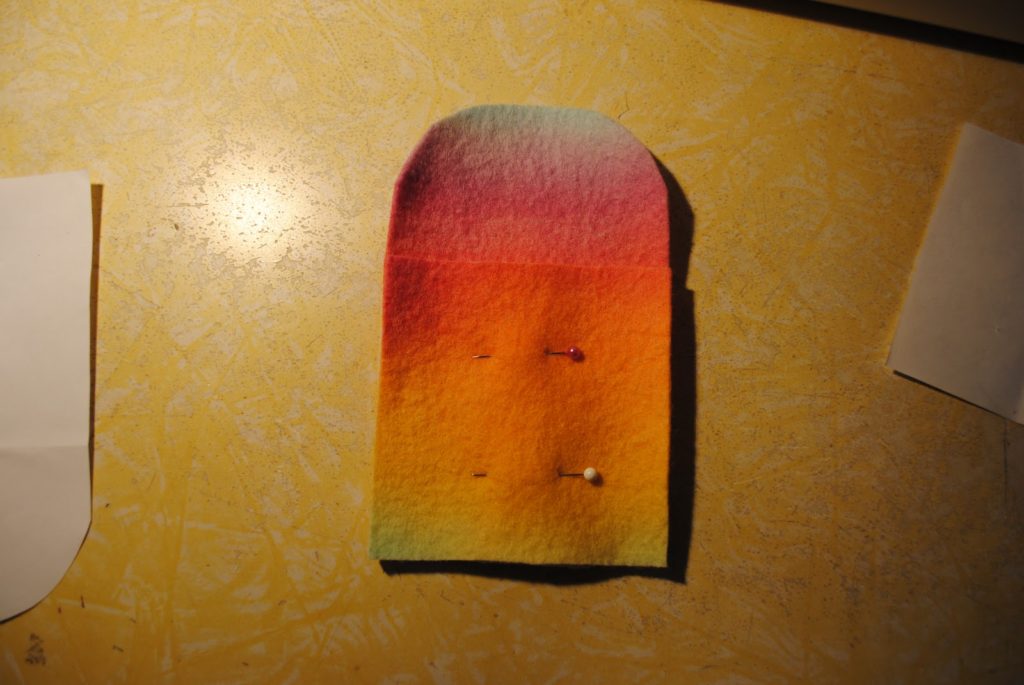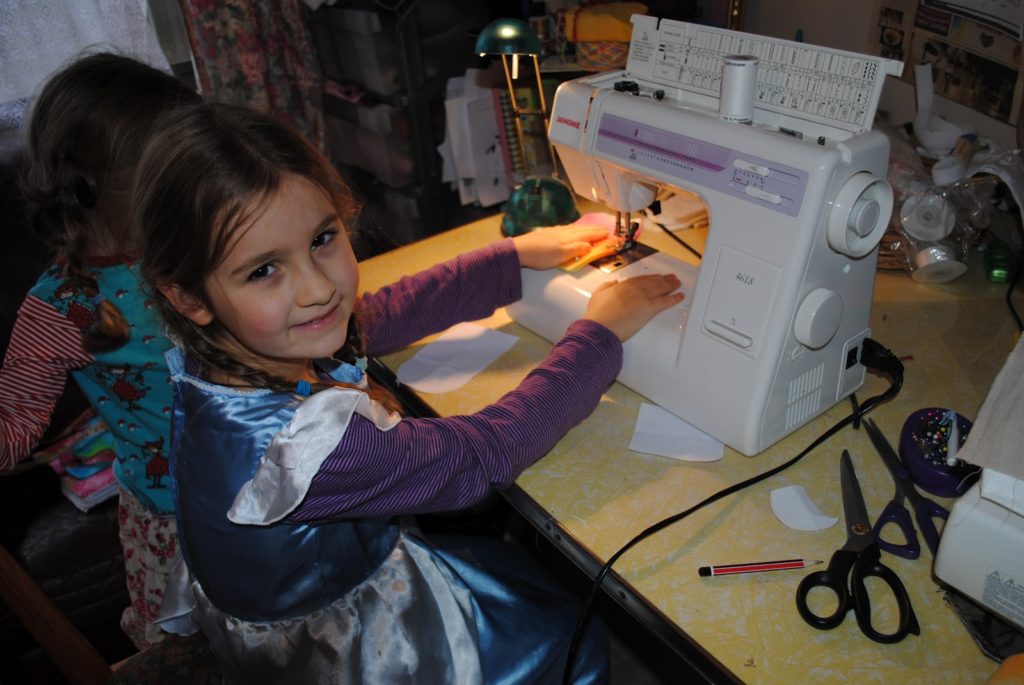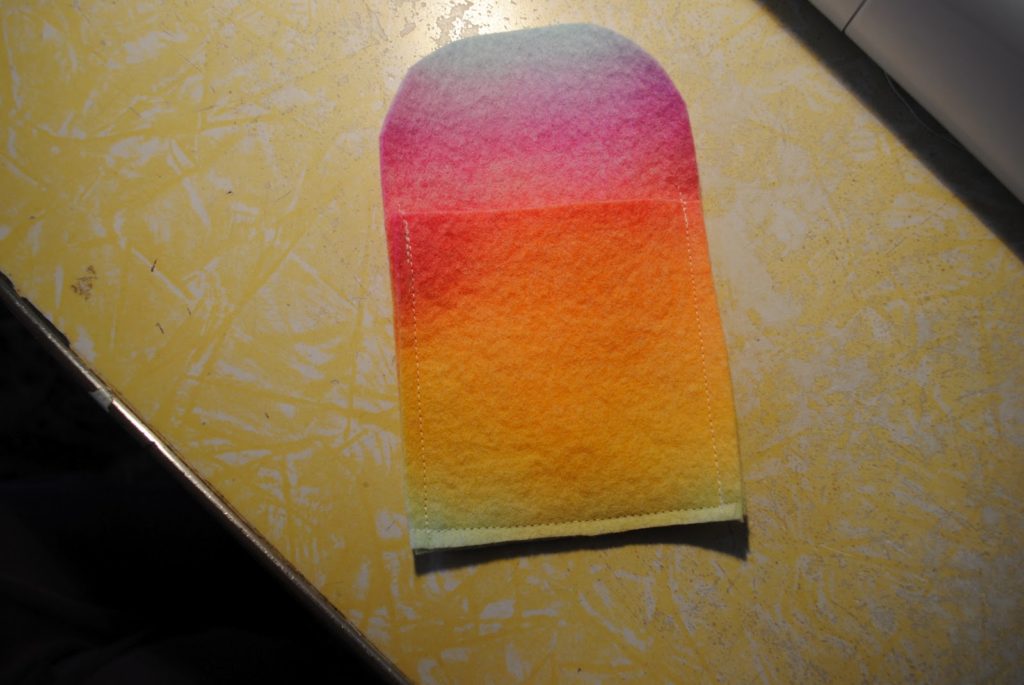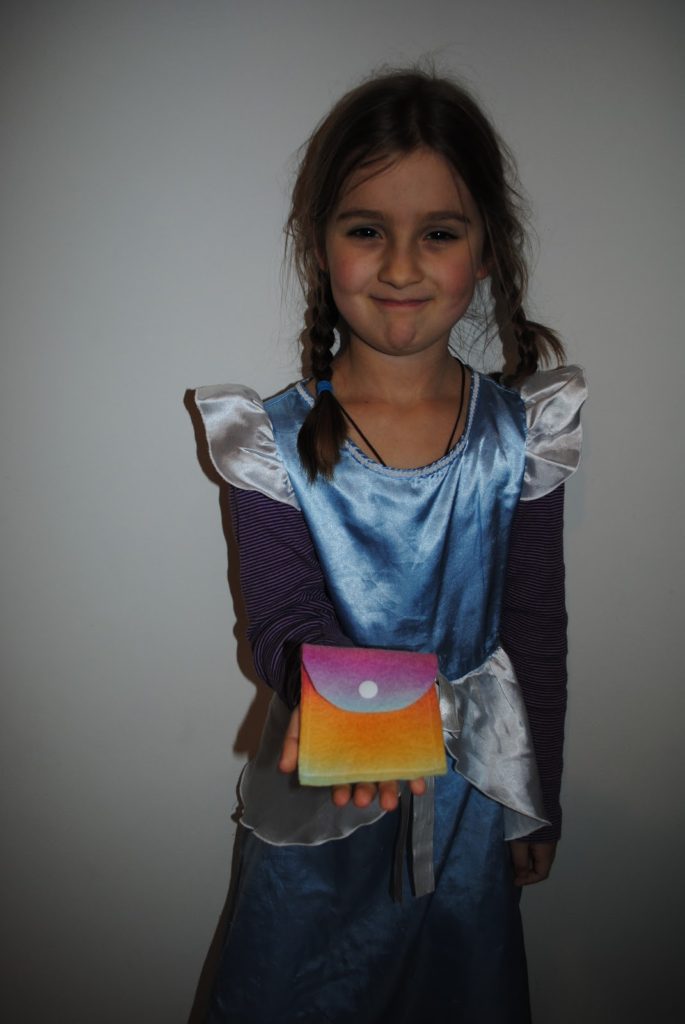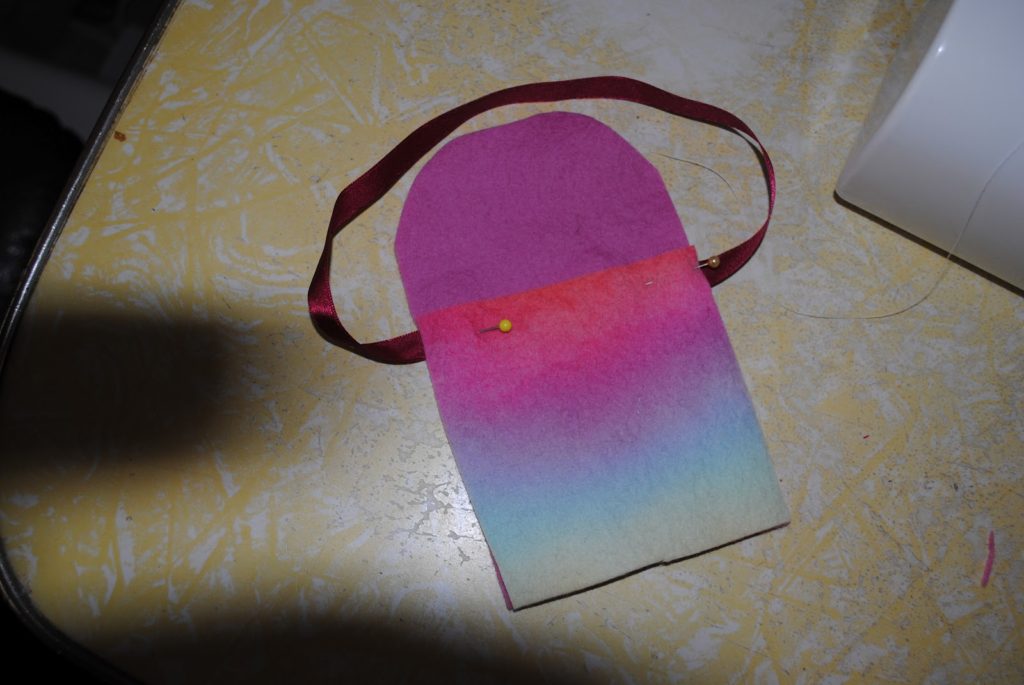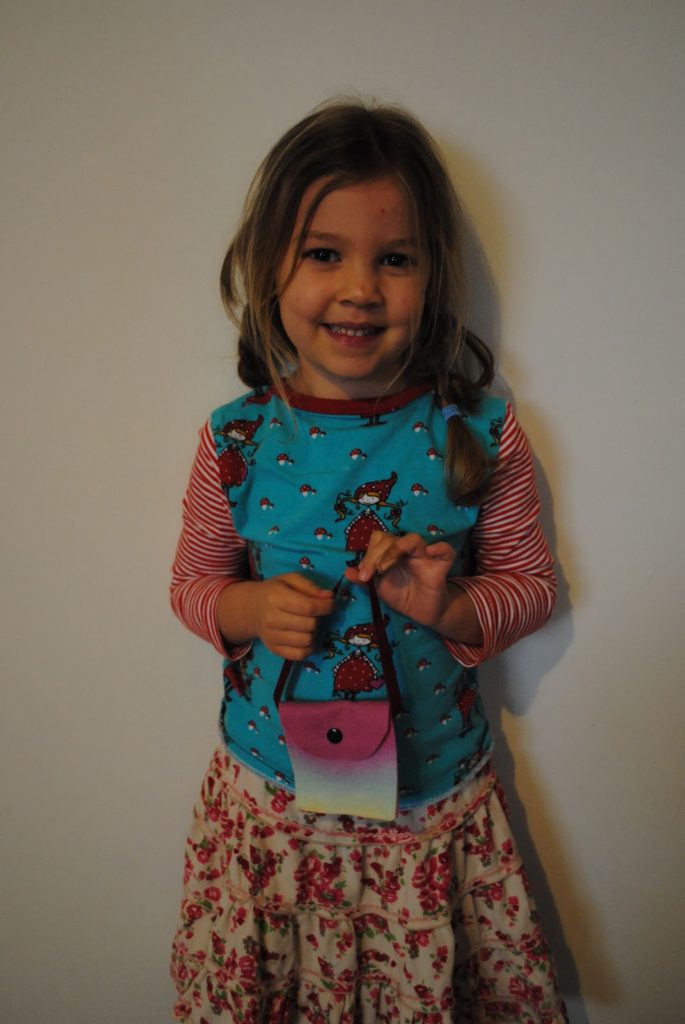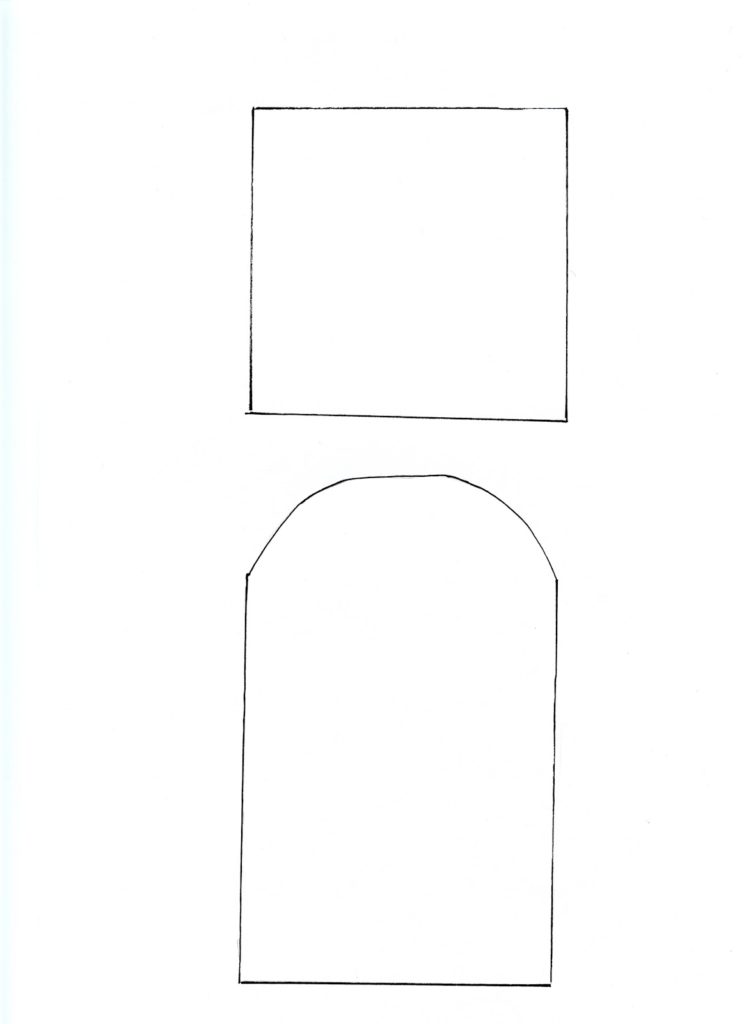What you need:
Good quality kitchen/washing up gloves. The good quality part is important, they are tougher! *See note.
A plastic bucket
Long handled tongs
Small, sharp paring knife
A large mixing bowl or similar to put your peeled fruit into.
Plastic bag
Water
What to do:
This first part is completed outside.
Half fill your bucket with water. Stand back from the cactus (the long handled tongs give you further reach). The hair like spines (glochids) will begin to come off as soon as your tongs touch the fruit, so be aware of where they are falling. For this reason it is better not to harvest on a really windy day.
Grabbing the fruit with the tongs, give a twist or two and place the fruit straight into the bucket. Continue this process until you have the number you require. Make sure the water is covering the fruit.
Now tip the water out, somewhere that no one is likely to walk or weed etc. Using a hose, spray water into the bucket onto the fruit, covering it once more. Tip out once again. You can repeat the spray and tip one more time (I do).
Put on your gloves. If your gloves are strong you should be fine to pick up the fruit now. Cut off each end and make a slit down the centre with the knife. Begin to peel back the skin from the slit until it is all removed. Place the skin either back in the bucket or straight into the plastic bag. Place the peeled fruit into the bowl. Continue for all fruit.
Now you can take the fruit inside to use. I give one last rinse in water just in case there are any remaining spikes. It is delicious fresh or there are lots of interesting recipes to try (I have a prickly pear syrup recipe coming soon!)
Clean up:
I throw all the peelings into the regular rubbish bin in a plastic bag. As far as I know, the peelings can not be composted due to the spines – I certainly don’t want them ending up in my compost. If you have successfully composted peelings, I would be most interested to know.
* I used good quality kitchen gloves to prepare the fruit. After working in the kitchen with the peeled fruit, I went back outside to clean up the peelings. However, I put on a different pair of kitchen gloves, a lower quality, thinner pair. As soon as I touched the bucket with the peelings, I got spiked. So it really is worth having the good quality gloves!
Tutorials
How to make a heddle rod on a rigid heddle loom
My newest video is ready for viewing! It is a tutorial on how to make a heddle rod, which makes weaving with more than one pick up stick on the rigid heddle loom so much easier!
Simple photography backdrop
Shaving cream marbling on paper
Wool felt donut tutorial
Silkies and soap making
Looks like custard, the beeswax gives a beautiful golden glow and a really lovely, honeyish scent.
And finished! After resting overnight I’ll be cutting bars tomorrow, then curing for 4 weeks (that’s the worst part – waiting).
Smaller sized apron
Size 2
Bodice – 8″x 5″ – Cut 1 main fabric, 1 lining
Band – 21″ x 2″ – Cut 1 from contrast fabric
Skirt – 35″ x 11″ – Cut 1 main fabric
Bottom hem – 35″ x 2.5″ – Cut 1 from contrast
Back ties – 20″ x 3″ Cut 2 from contrast
Neck ties – 20″ x 2.5″ – Cut 2 from contrast
Best of luck with it Baukje 🙂
Oh, and a huge welcome to my newest followers, it’s so very lovely to know I’m not just talking to myself here!
Little girl’s apron tutorial
Little wool felt purse tutorial
Teapot rest or mat tutorial

